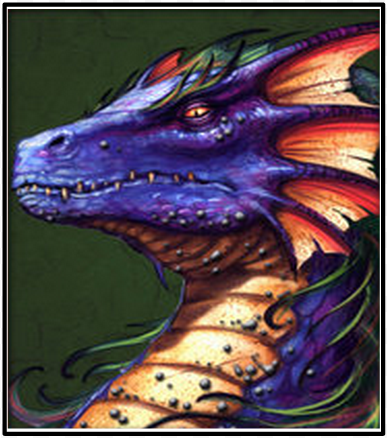Click here for quick access to your class websites.
Congratulations to the following bloggers for being the first to achieve the rank of Magus:

2023: Oskar, Chris, Anthony, Valerie, Nick, Kaitlyn.
2024: Samuel, Marie, Michelle, Vanessa.
2025: Sally, Jenny, Isabel and Herschel.
2023: Oskar, Chris, Anthony, Valerie, Nick, Kaitlyn.
2024: Samuel, Marie, Michelle, Vanessa.
2025: Sally, Jenny, Isabel and Herschel.
- MS-PS1-1. Develop models to describe the atomic composition of simple molecules and extended structures.
- MS-PS1-3. Gather and make sense of information to describe that synthetic materials come from natural resources and impact society.
- MS-PS1-4. Develop a model that predicts and describes changes in particle motion, temperature, and state of a pure substance when thermal energy is added or removed.
After we finally discover the identity of the unknown crystal, we will start our Matter Project. This week will be all about the background research you need to determine what is in the Mystery Boxes discovered by the Matter Matters twins. Come prepared for a week of hard work.
6th Grade: River Studies
- MS-ESS2-1. Develop a model to describe the cycling of Earth's materials and the flow of energy that drives this process.
- MS-ESS2-2. Construct an explanation based on evidence for how geoscience processes have changed Earth's surface at varying time and spatial scales.
We are at the River Studies project. You will decide on one river to study in depth and do the research necessary to develop a full blown presentation on it. Those of you that love building will have a chance to develop a model of the river of your choosing for your presentation.
- MS-LS3-1. Develop and use a model to describe why structural changes to genes (mutations) located on chromosomes may affect proteins and may result in harmful, beneficial, or neutral effects to the structure and function of the organism.
- MS-LS3-2. Develop and use a model to describe why asexual reproduction results in offspring with identical genetic information and sexual reproduction results in offspring with genetic variation.
We will discover Punnett's work and practice identifying probability of traits with a family of rabbits in the Furry family activity. Just when we think we have this whole trait business figured out, we will turn everything we learned on its head as we add the concepts of incomplete dominance and sex-linked genes to our concept maps.
8th Grade: Chemistry-Bonding
This is acids and bases week. We are going to have some fun with the pH scale, doing the alien juice bar activity. Bring samples of household aqueous solutions to test on Thursday. Which is more acidic- soda, lemon juice or vinegar? What are bases used for? You will determine this for yourself!
- MS-PS1-2 Analyze and interpret data on the properties of substances before and after the substances interact to determine if a chemical reaction has occurred.
- MS-PS1-4. Develop a model that predicts and describes changes in particle motion, temperature, and state of a pure substance when thermal energy is added or removed.
This is acids and bases week. We are going to have some fun with the pH scale, doing the alien juice bar activity. Bring samples of household aqueous solutions to test on Thursday. Which is more acidic- soda, lemon juice or vinegar? What are bases used for? You will determine this for yourself!










